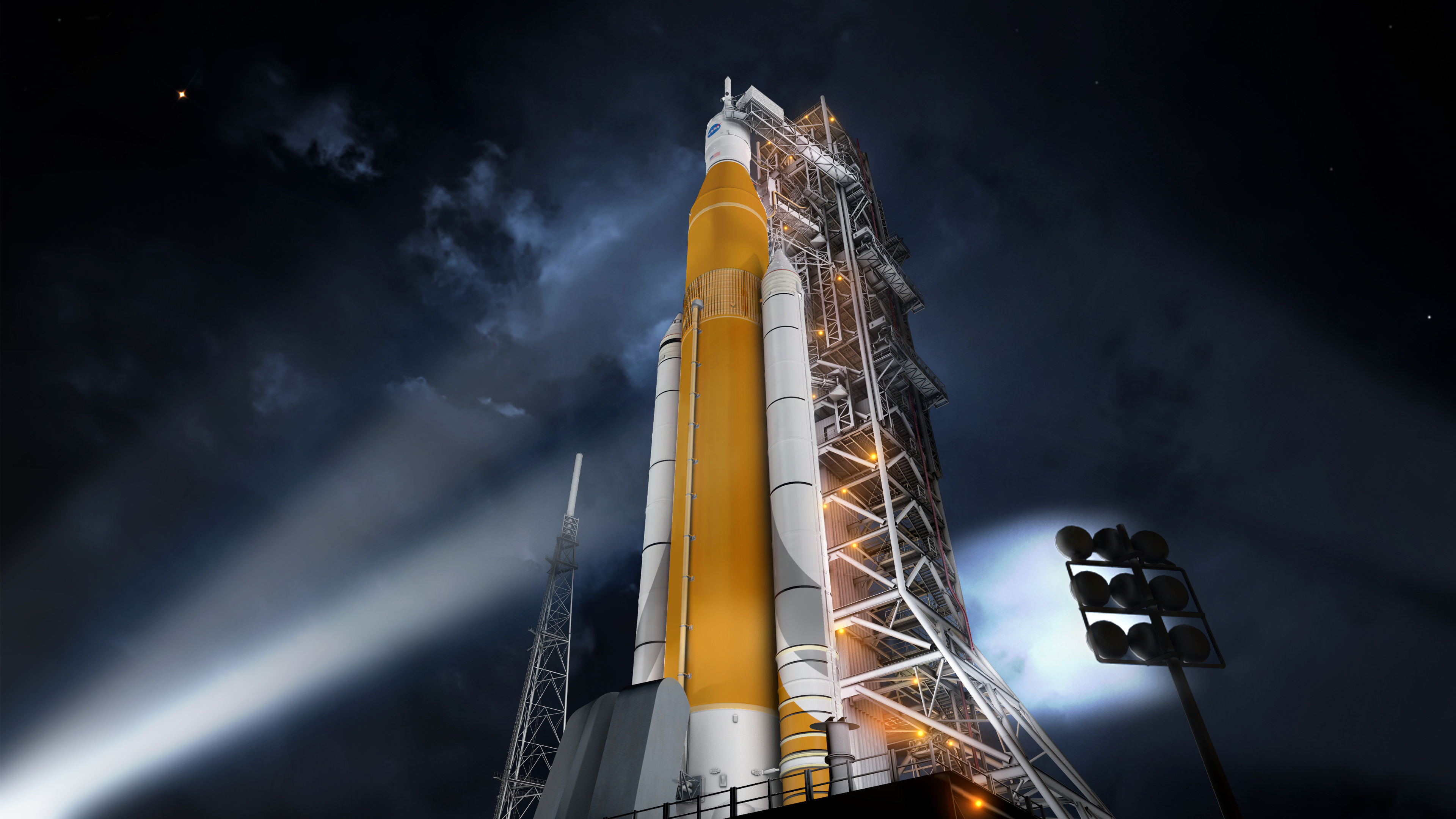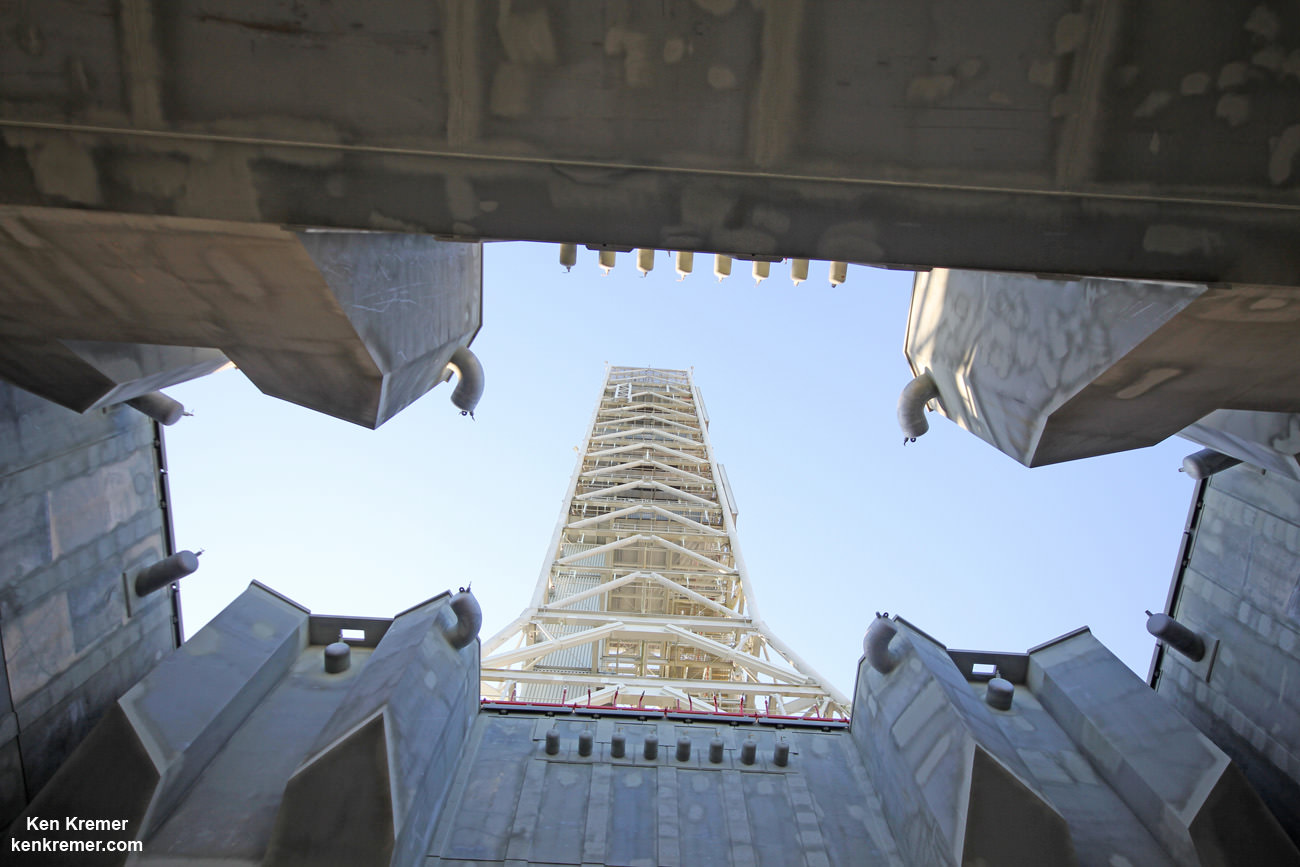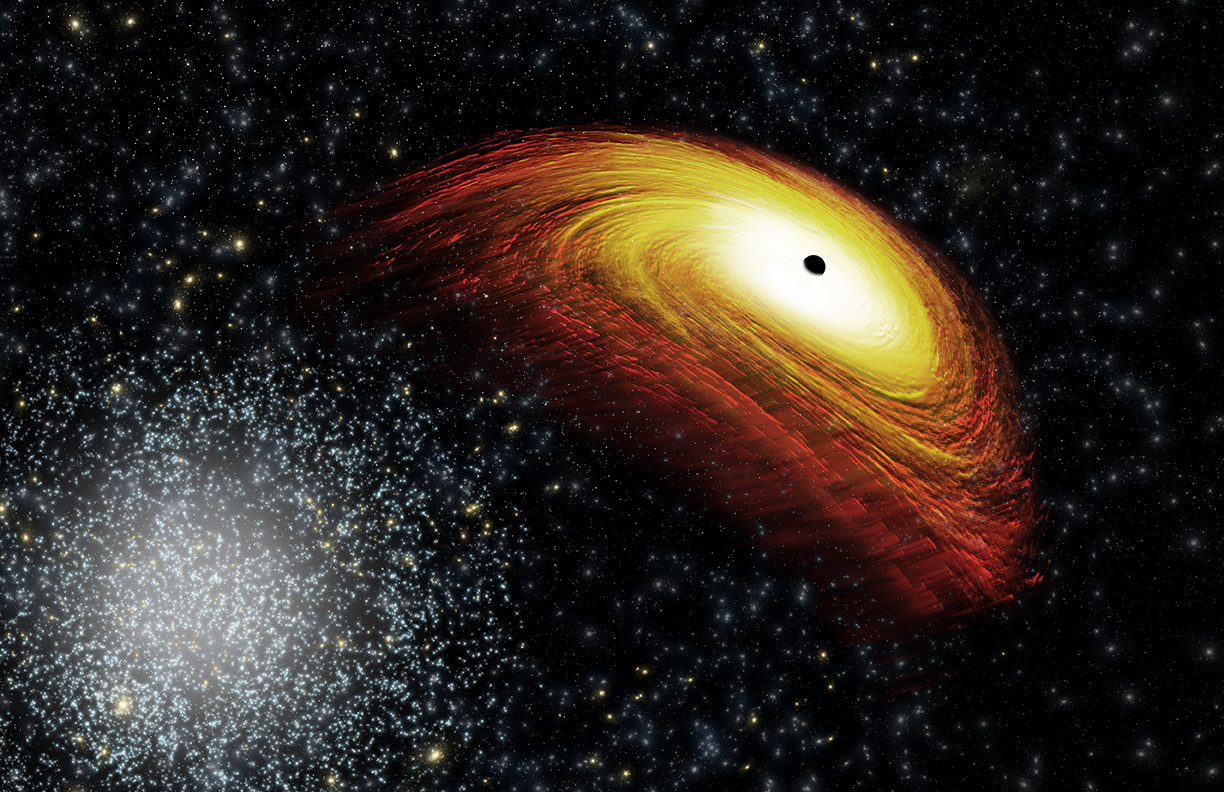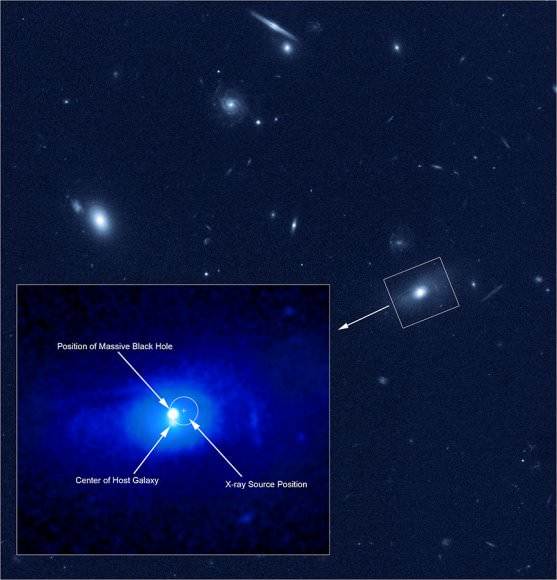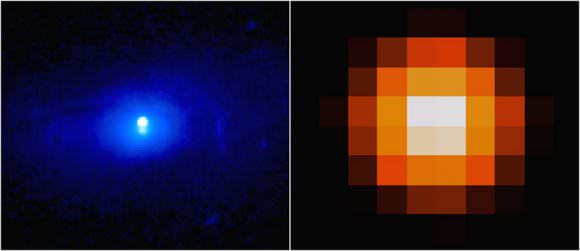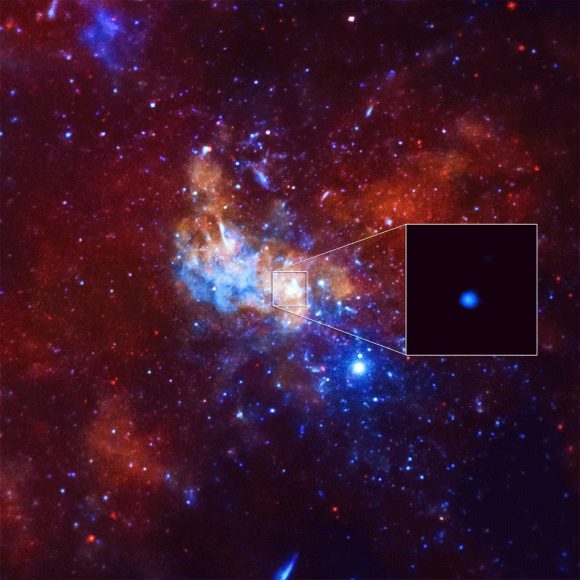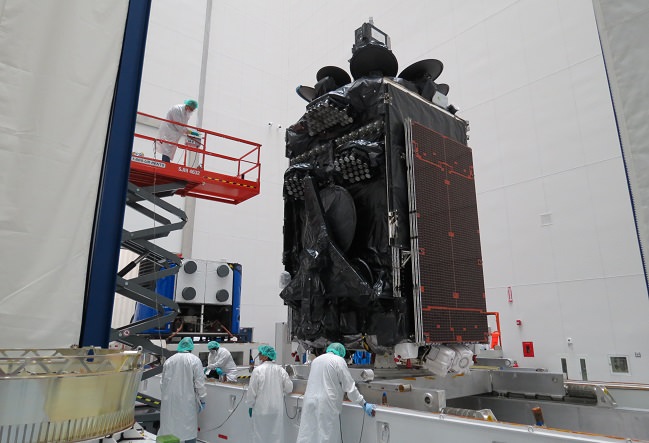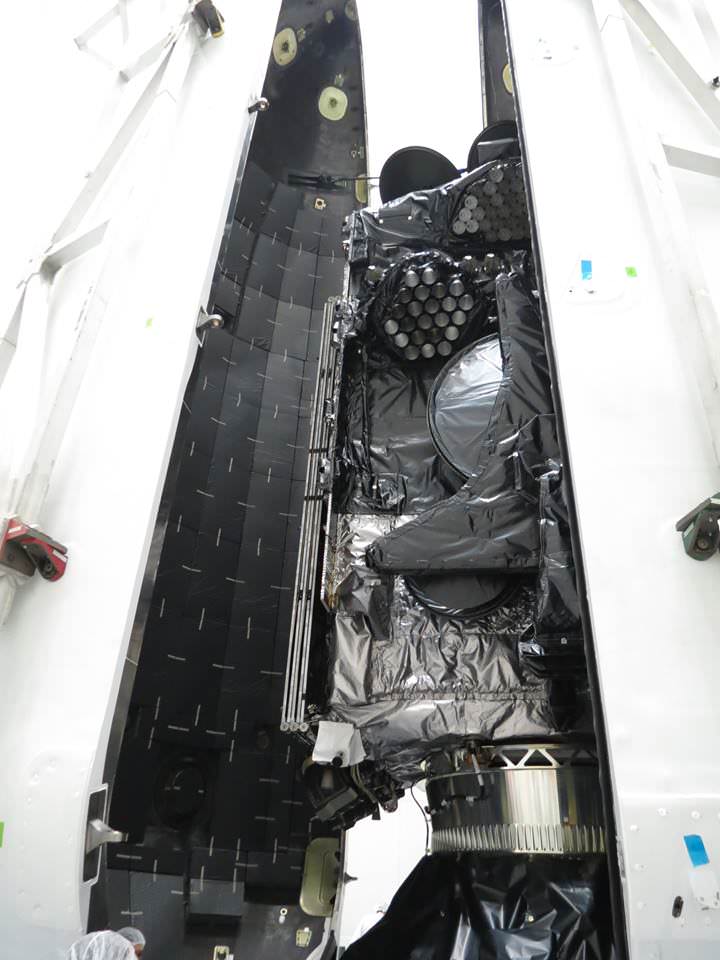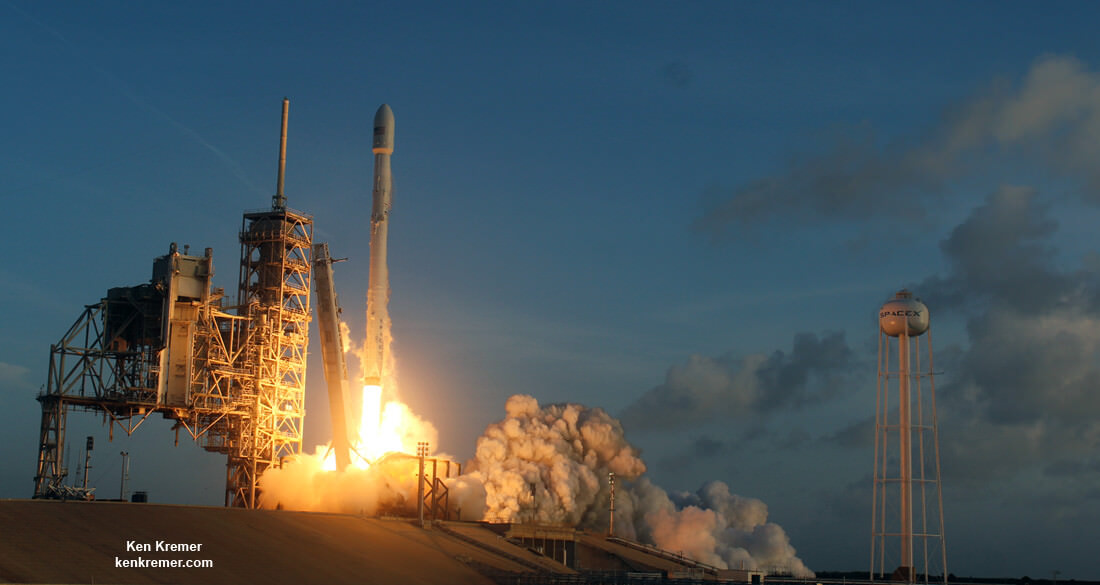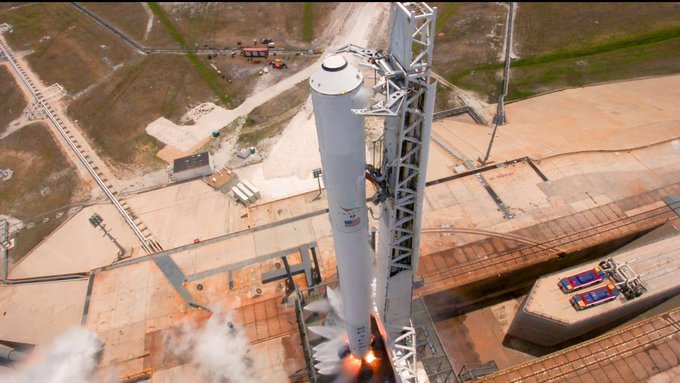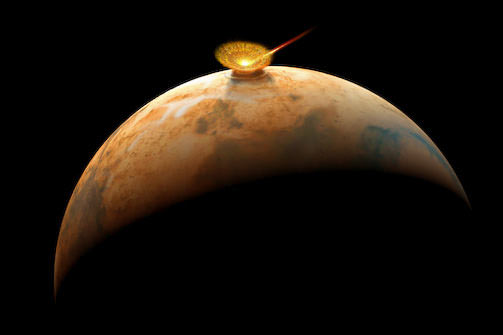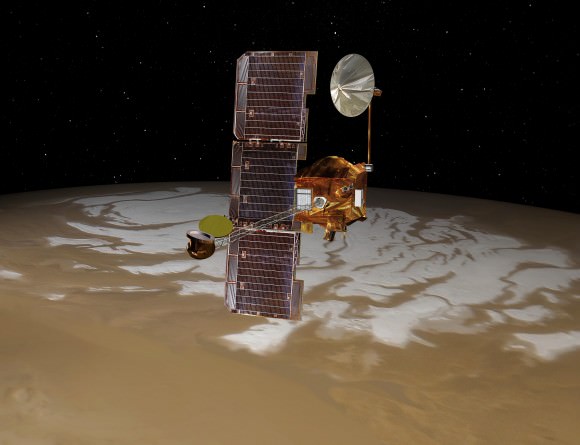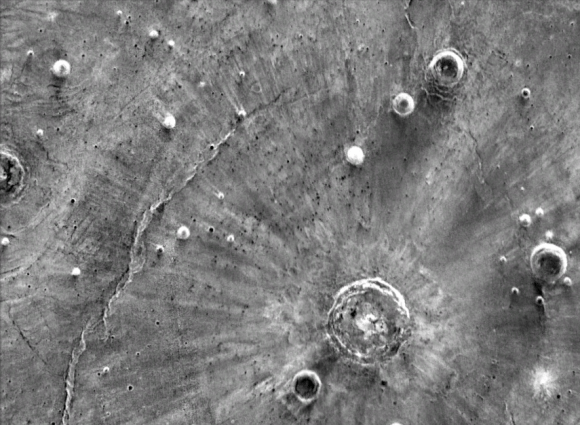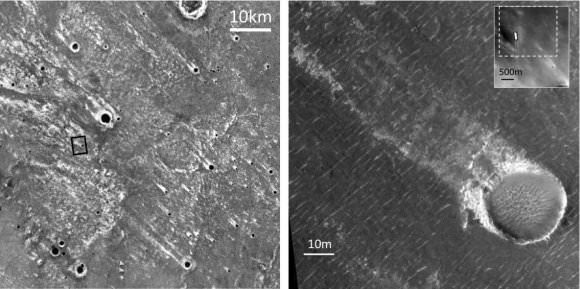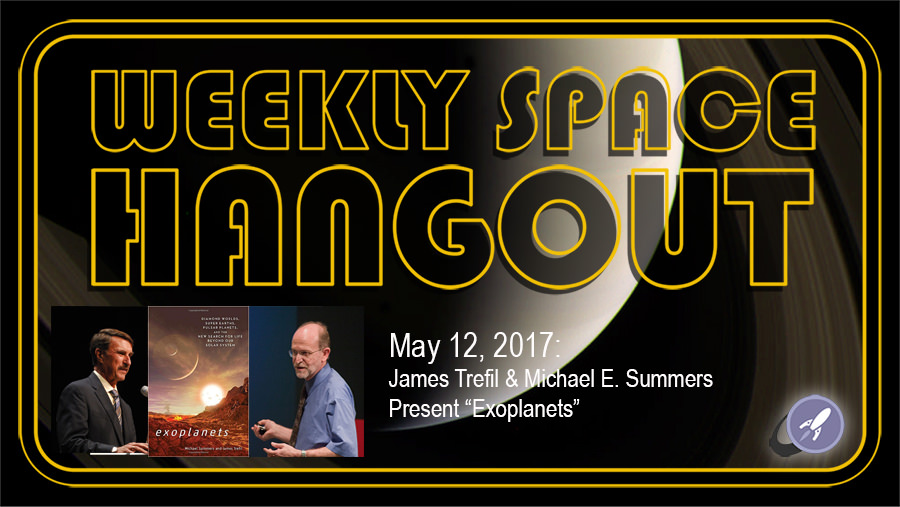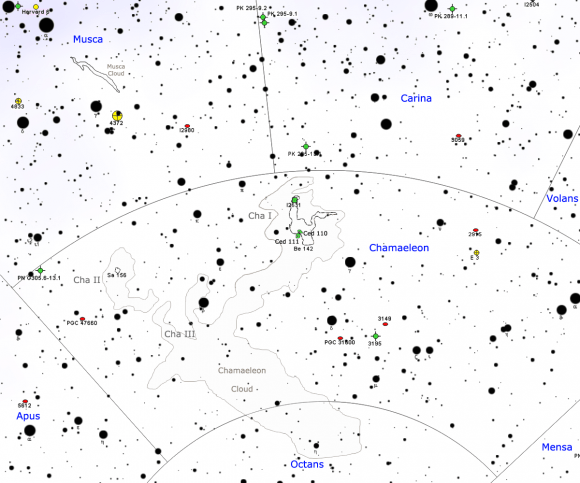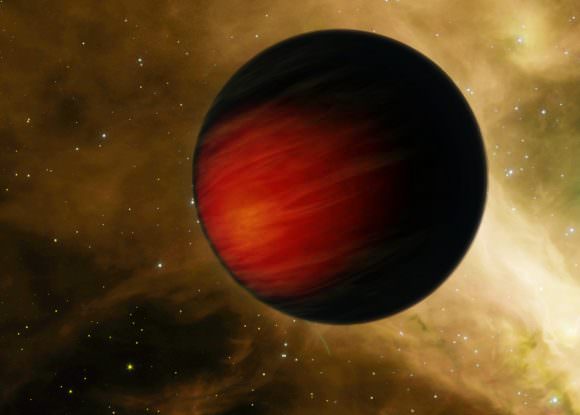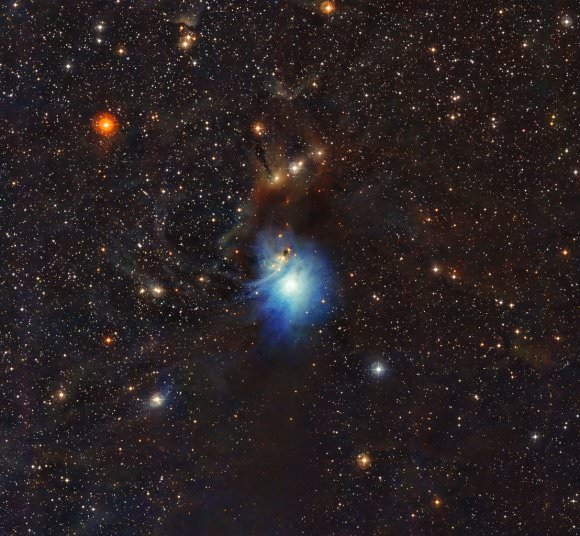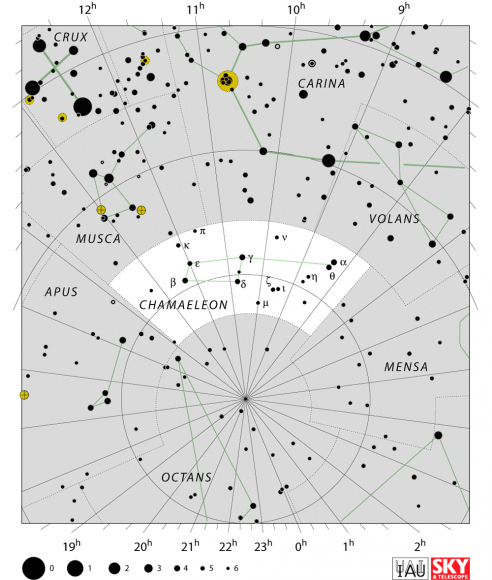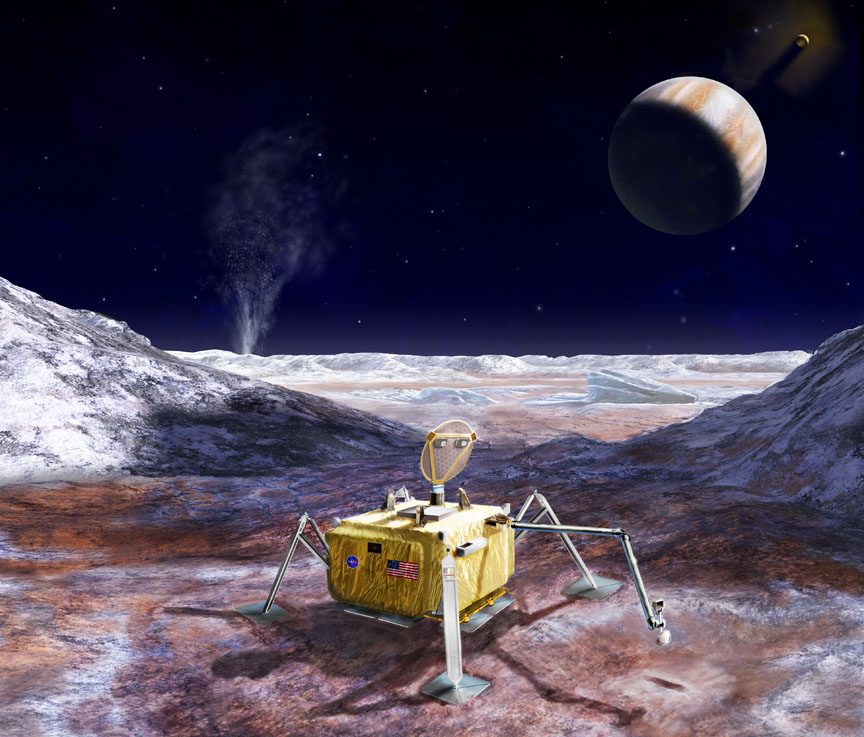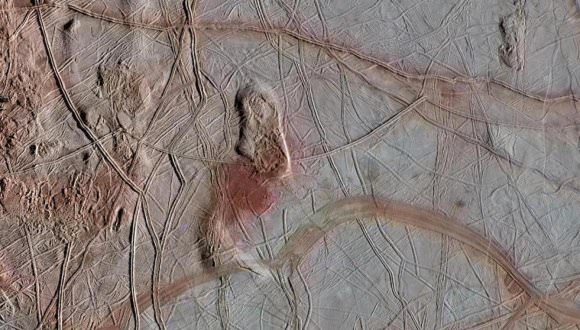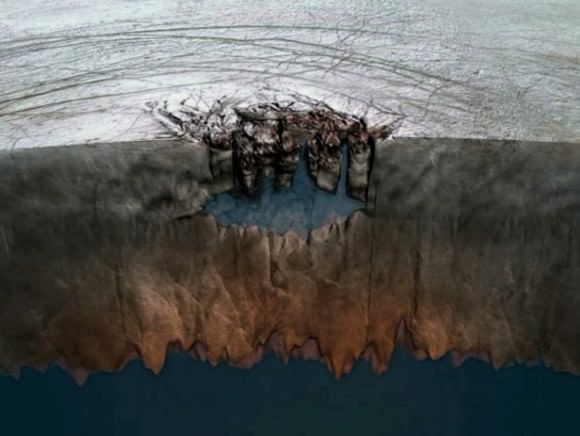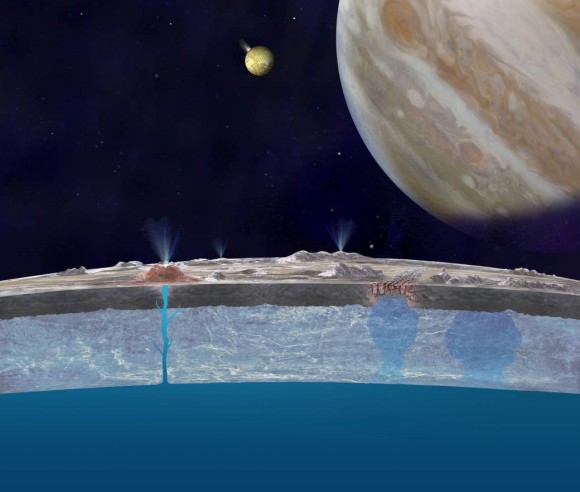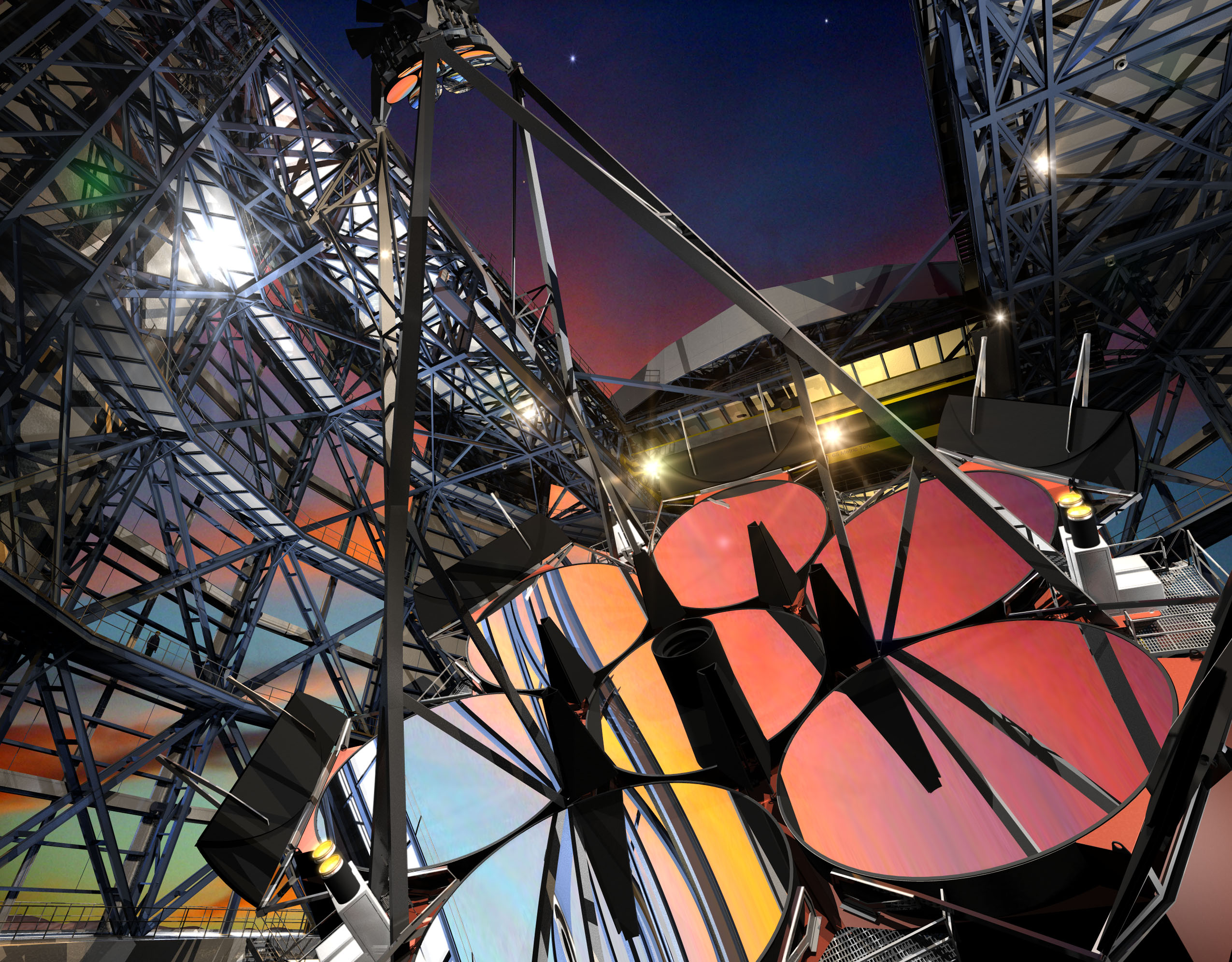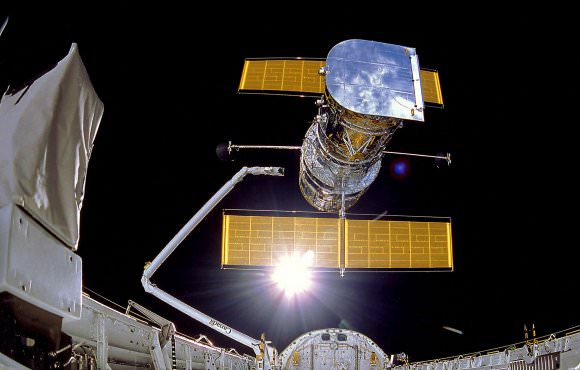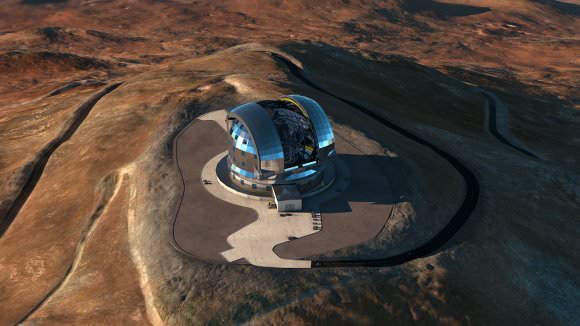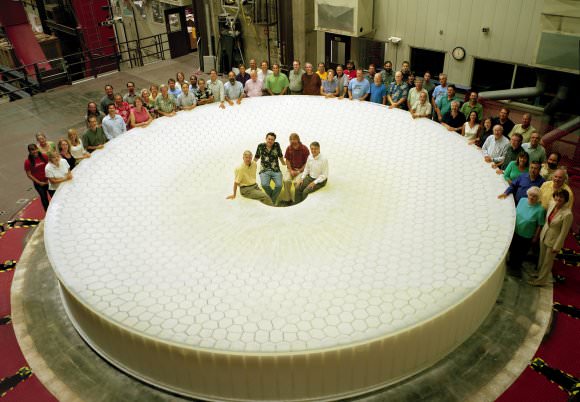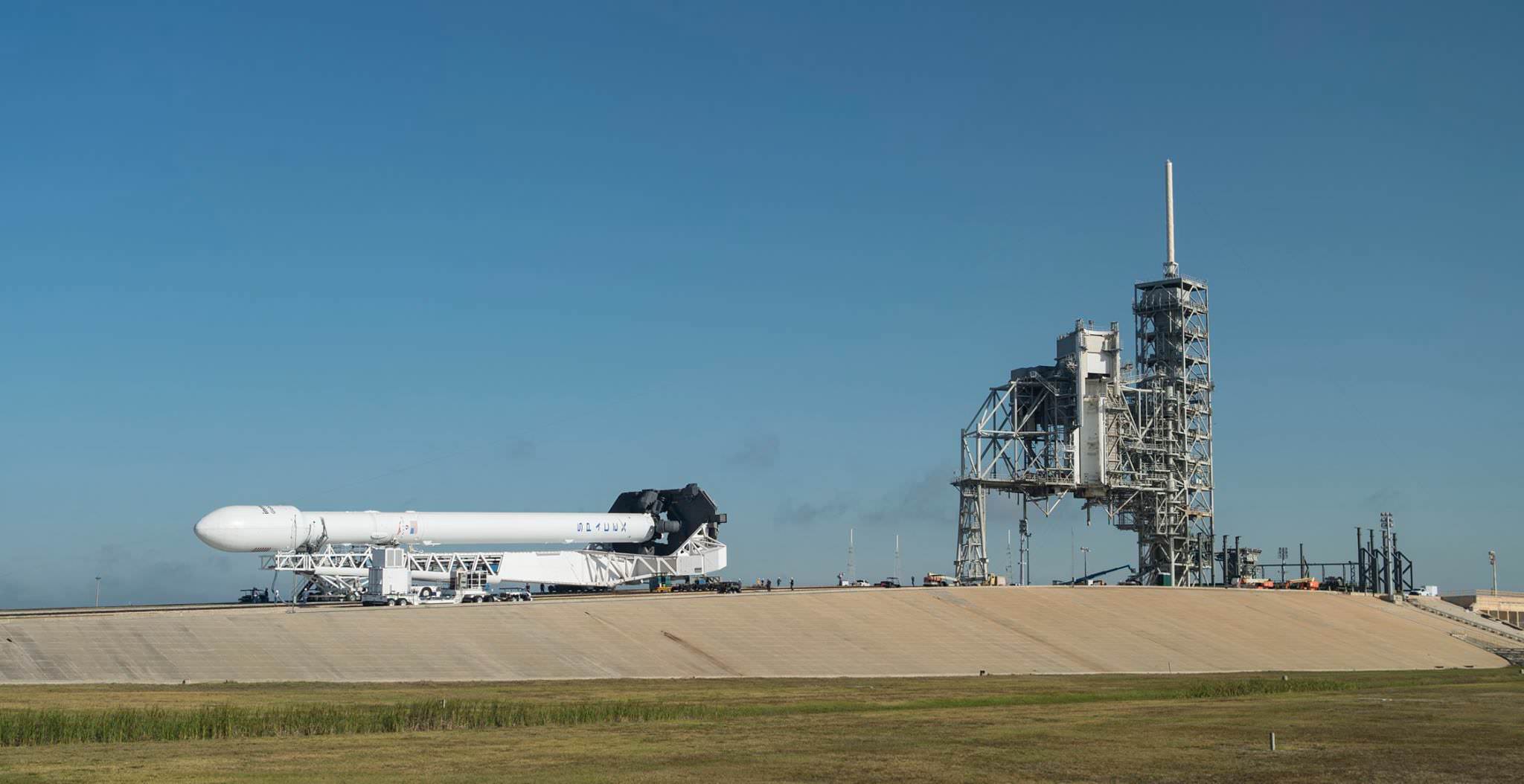
KENNEDY SPACE CENTER, FL – SpaceX is targeting twilight thunder with the firms Falcon 9 rocketing skyward from the Florida Space Coast on Monday 15 carrying a commercial High-Speed broadband satellite for London based Inmarsat.
Blastoff of the Inmarsat-5 Flight 4 communications satellite for commercial broadband provider Inmarsat is slated for early Monday evening, May 15 at 7:21 p.m. EDT (or 23:21 UTC) from SpaceX’s seaside Launch Complex 39A on NASA’s Kennedy Space Center in Florida.
The SpaceX Falcon 9/ Inmarsat-5 Flight 4 is raised erect at the pad into launch position and poised for a twilight liftoff Monday.
All systems are currently GO and the weather outlook is quite favorable at this time.
The twilight setting will put on an outstanding sky show – if all goes well. But there are no guarantees.

So now is the time is come and watch a launch in person if you have the availability.
“Targeting launch of Inmarsat-5 Flight 4 from Pad 39A on Monday, May 15,” SpaceX confirmed via social media accounts.
The Falcon 9’s launch window extends for 49 minutes until 8:10 p.m. EDT.
The satellites heavy weight with a launch mass of approx. 6,100 kg (13,400 lbs) means the rocket needs all its thrust to get the satellite to orbit and will preclude the chance to land the first stage at sea or land.
Thus there are no landing legs or grid gins attached to the skin of this Falcon 9.
“SpaceX will not attempt to land Falcon 9’s first stage after launch due to mission requirements,” says SpaceX.
The historic pad 39A was previously used to launch NASA’s Apollo Saturn Moon rockets and Space Shuttles.
The built from scratch 229-foot-tall (70-meter) SpaceX Falcon 9 is set to deliver the huge 6100 kg Inmarsat-5 F4 satellite to a Geostationary Transfer Orbit (GTO).
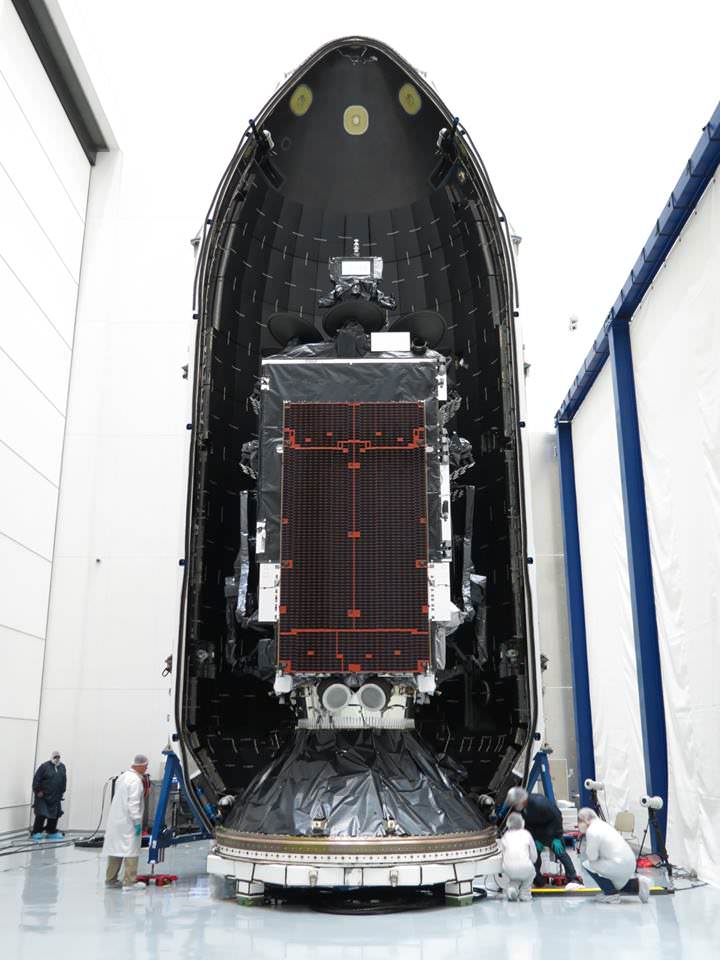
The integrated Falcon 9/Inmarsat-5 F4 were rolled out to the KSC launch pad on Sunday to begin final preparations for Monday’s liftoff.
“#I5F4 satellite, built by Boeing Defense, Space & Security, has been loaded into the SpaceX Falcon 9 rocket and rolled out to Launch Complex 39A,” Inmarsat announced Sunday.
”The countdown to launch tomorrow begins!”
You can watch the launch live on a SpaceX dedicated webcast as well as via Inmarsat starting about 20 minutes prior to the 7:20 p.m. EDT opening of the window.
Watch the SpaceX broadcast live at: SpaceX.com/webcast
Alternatively you can catch the launch on Inmarsat’s dedicated webpage:
“Make sure you catch all the live action here”: www.inmarsat.com/i5f4
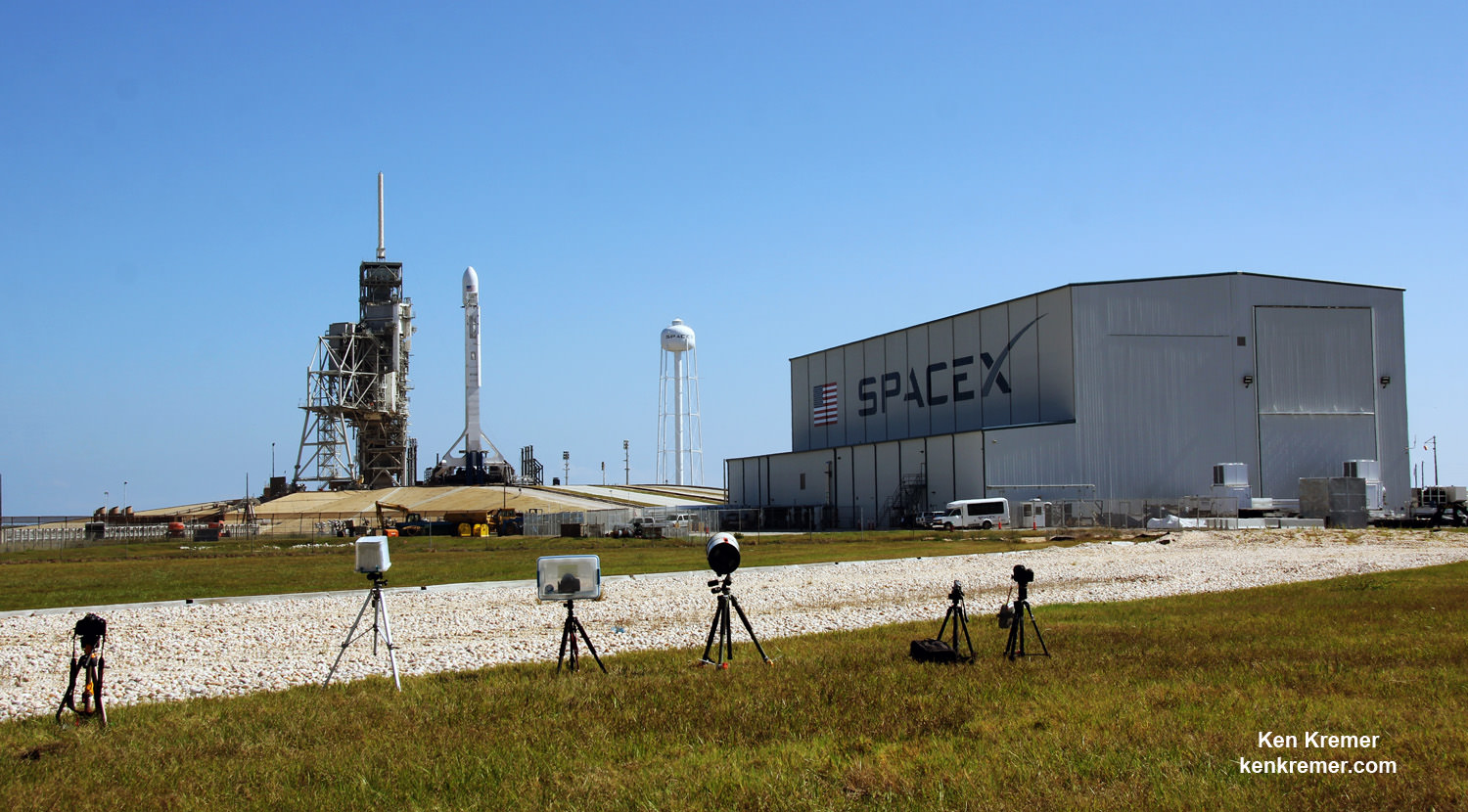
Mondays weather forecast is currently 80% GO for favorable conditions at launch time.
The concerns are for Cumulus clouds and Anvil clouds according to Air Force meteorologists with the 45th Space Wing at Patrick Air Force Base.
In case of a scrub for any reason on May 15, the backup launch opportunity is Tuesday, May 16 at 7:21 p.m. EDT, or 23:21 UTC
The path to launch was cleared following the successful completion of a critical static hot-fire test of the first stage this past Thursday, May 11.
Watch this cool video of Thursday’s engine test as seen from the National Wildlife Refuge near Playalinda Beach on the Atlantic Ocean.
Video Caption: Static fire test of Falcon 9 booster for Inmarsat 5 F4 launch. Testing of the 9 Merlin 1D engines of a SpaceX Falcon 9 booster on Pad 39A in preparation for launch of the Inmarsat 5 F4 satellite on May 15, 2017 from pad 39A at KSC. Credit: Jeff Seibert
The Inmarsat-5 F4 (I-5 F4) will become part of the firms Global Xpress network “which has been delivering seamless, high-speed broadband connectivity across the world since December 2015,” says Inmarsat.
“Once in geostationary orbit, the satellite will provide additional capacity for Global Xpress users on land, at sea and in the air.”
I-5 F4 was built by Boeing at their satellite operations facility in El Segundo, CA for Inmarsat.
The new satellite will join 3 others already in orbit.
Inmarsat 5 F4 will be the sixth SpaceX launch of 2017.
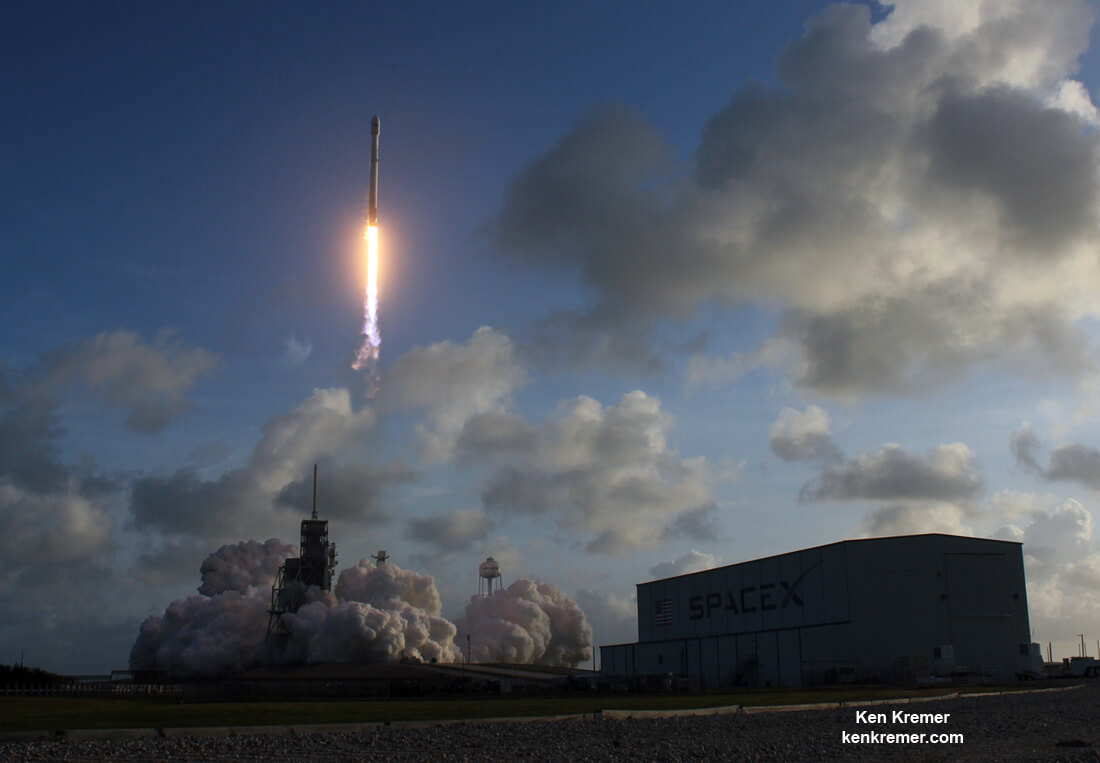
The 7 meter long satellite be deployed approximately 32 minutes after launch when it will come under the command of the Boeing and Inmarsat satellite operations teams based at the Boeing facility in El Segundo.
It will then be “manoeuvred to its geostationary orbit, 35,786km (22,236 miles) above Earth, where it will deploy its solar arrays and reflectors and undergo intensive payload testing before beginning commercial service.”
Watch for Ken’s continuing onsite launch reports direct from the Kennedy Space Center and Cape Canaveral Air Force Station in Florida.
Stay tuned here for Ken’s continuing Earth and Planetary science and human spaceflight news.

